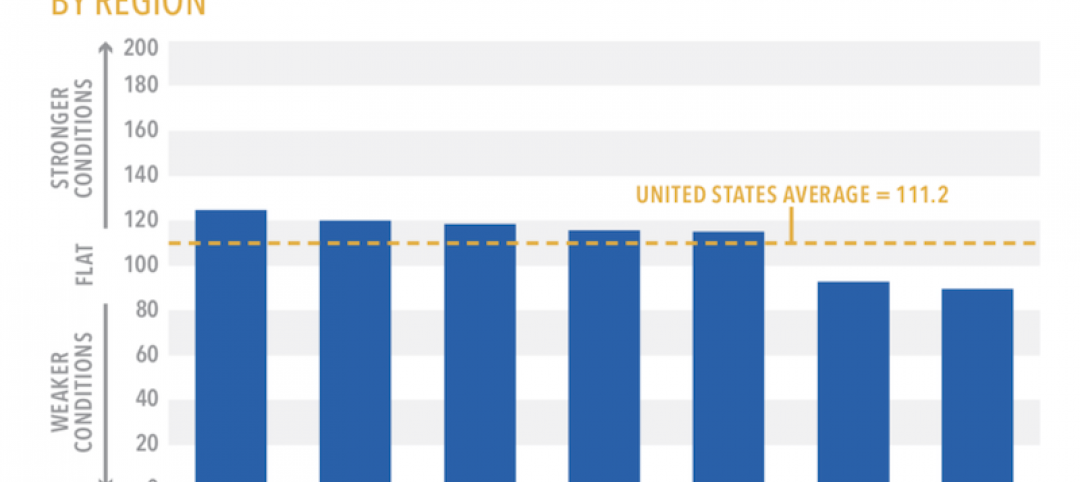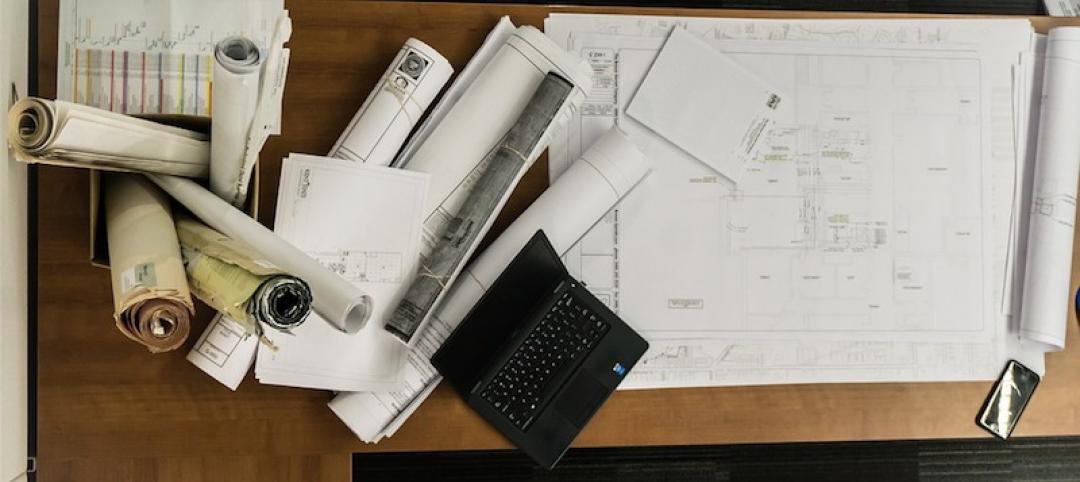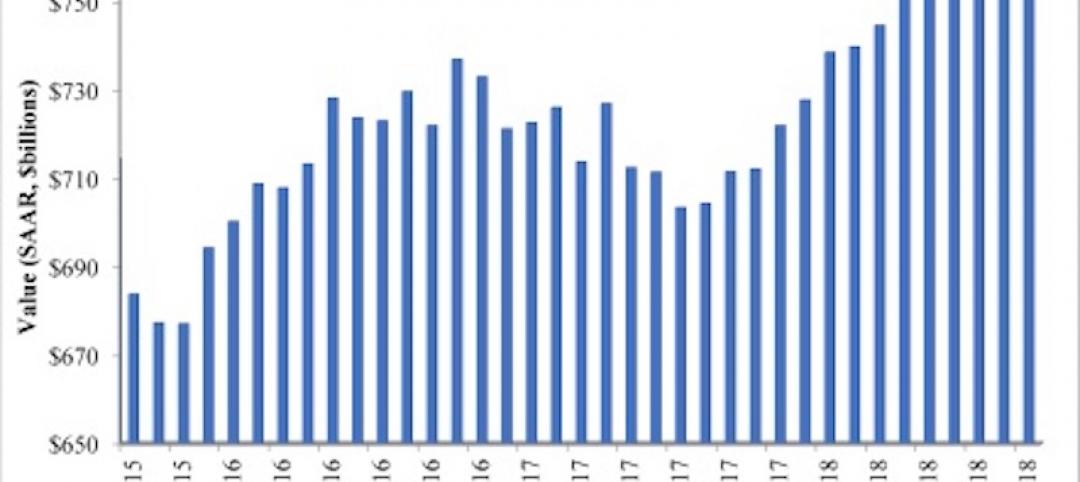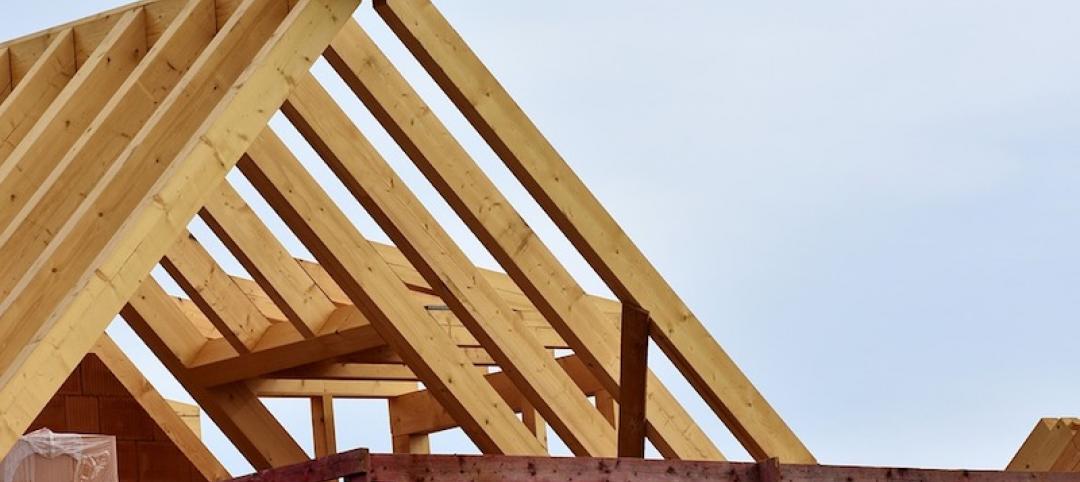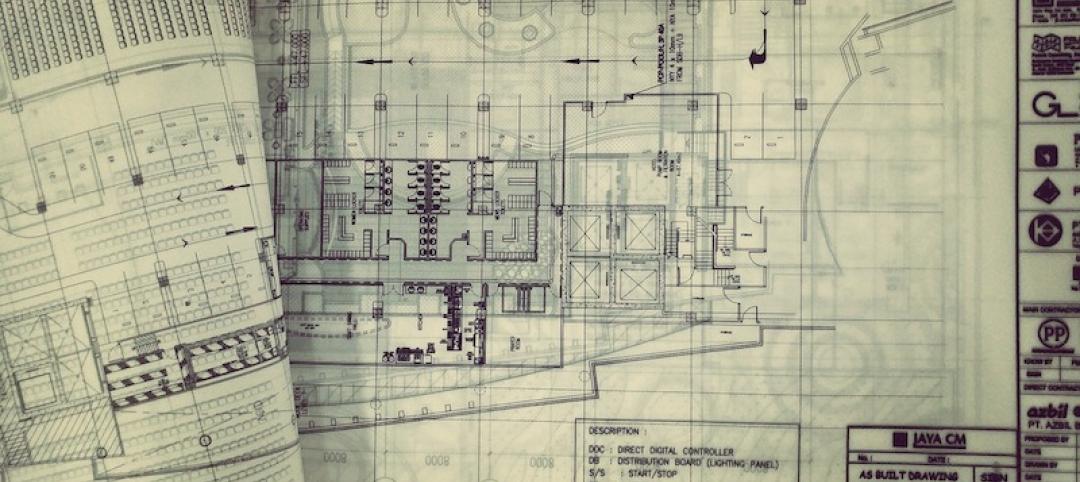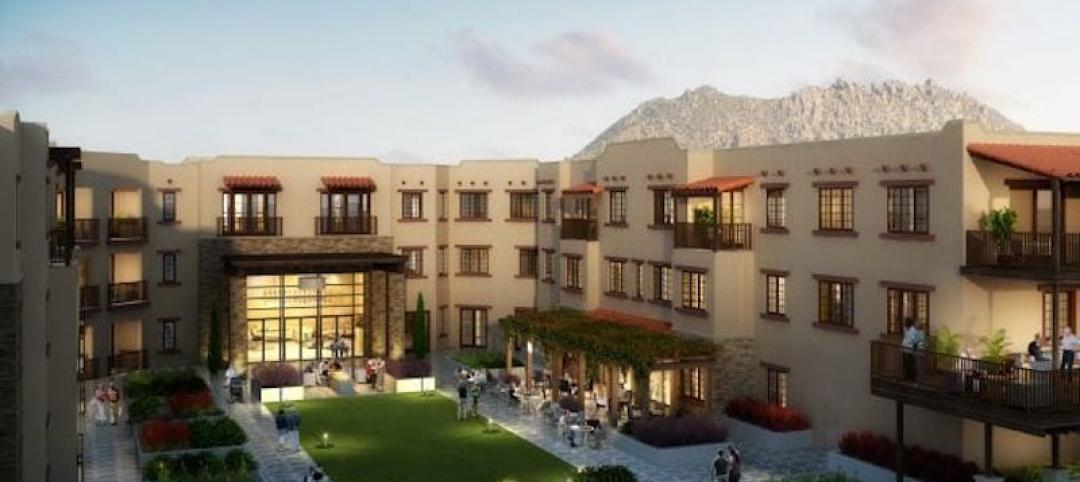Nonresidential construction spending fell to a two-year low in March as contractors struggled with slumping demand for most project types and growing shortages of materials, transport, and workers, according to an analysis of new federal construction spending data by the Associated General Contractors of America. Officials with the association said project cancellations and widespread supply chain problems are hindering the industry’s recovery.
“Every major category of private nonresidential projects has declined over the past year, while public construction spending is also deteriorating rapidly,” said Ken Simonson, the association’s chief economist. “Unfortunately, the widespread and growing backlogs for key materials and shortages of trucking and rail services to deliver goods mean that even projects that are underway are likely to take longer to complete.”
Construction spending in March totaled $1.51 trillion at a seasonally adjusted annual rate, an increase of 0.8% from the pace in February and 5.3% higher than in March 2020. However, the year-over-year gain was limited to residential construction, Simonson noted. That segment jumped 1.7% for the month and 23% year-over-year. Meanwhile, combined private and public nonresidential spending declined 1.1% from February—the fourth consecutive monthly decrease—and 7.4% over 12 months.
Private nonresidential construction spending fell 0.9% from February to March and 9.1% since March 2020, with year-over-year decreases in all 11 subsegments. The largest private nonresidential category, power construction, retreated 8.3% year-over-year and 0.4% from February to March. Among the other large private nonresidential project types, commercial construction—comprising retail, warehouse and farm structures—slumped 8.8% year-over-year and 0.5% for the month. Manufacturing construction tumbled 7.8% from a year earlier and 1.3% in March. Office construction decreased 4.2% year-over-year and 0.4% in March.
Public construction spending slumped 4.6% year-over-year and 1.5% for the month. Among the largest segments, highway and street construction declined 10.9% from a year earlier and 2.2% for the month, while educational construction decreased 4.0% year-over-year and 2.0% in March. Spending on transportation facilities declined 0.9% over 12 months but rose 1.8% in March.
Association officials urged Congress and the Biden administration to work together to increase investments in infrastructure. And they continued to call on the President to take steps to address rapidly rising materials prices, including by ending tariffs on key construction materials like steel and lumber. They cautioned that without the new investments and supply chain relief, the industry would have a hard time recovering.
“Federal officials are pushing for an economic recovery while at the same time hanging on to dated policies, like tariffs, that are holding growth back,” said Stephen E. Sandherr, the association’s chief executive officer. “Boosting infrastructure investments and tackling supply chain problems will go a long way in unleashing demand for new construction workers.”
Related Stories
Market Data | Dec 19, 2018
Brokers look forward to a commercial real estate market that mirrors 2018’s solid results
Respondents to a recent Transwestern poll expect flat to modest growth for rents and investment in offices, MOBs, and industrial buildings.
Market Data | Dec 19, 2018
When it comes to economic clout, New York will far outpace other U.S. metros for decades to come
But San Jose, Calif., is expected to have the best annual growth rate through 2035, according to Oxford Economics’ latest Global Cities report.
Market Data | Dec 19, 2018
Run of positive billings continues at architecture firms
November marked the fourteenth consecutive month of increasing demand for architectural firm services.
Market Data | Dec 5, 2018
ABC predicts construction sector will remain strong in 2019
Job growth, high backlog and healthy infrastructure investment all spell good news for the industry.
Market Data | Dec 4, 2018
Nonresidential spending rises modestly in October
Thirteen out of 16 subsectors are associated with year-over-year increases.
Market Data | Nov 20, 2018
Construction employment rises from October 2017 to October 2018 in 44 states and D.C.
Texas has biggest annual job increase while New Jersey continues losses; Iowa, Florida and California have largest one-month gains as Mississippi and Louisiana trail.
Market Data | Nov 15, 2018
Architecture firm billings continue to slow, but remain positive in October
Southern region reports decline in billings for the first time since June 2012.
Market Data | Nov 14, 2018
A new Joint Center report finds aging Americans less prepared to afford housing
The study foresees a significant segment of seniors struggling to buy or rent on their own or with other people.
Market Data | Nov 12, 2018
Leading hotel markets in the U.S. construction pipeline
Projects already under construction and those scheduled to start construction in the next 12 months, combined, have a total of 3,782 projects/213,798 rooms and are at cyclical highs.
Market Data | Nov 6, 2018
Unflagging national office market enjoys economic tailwinds
Stable vacancy helped push asking rents 4% higher in third quarter.



